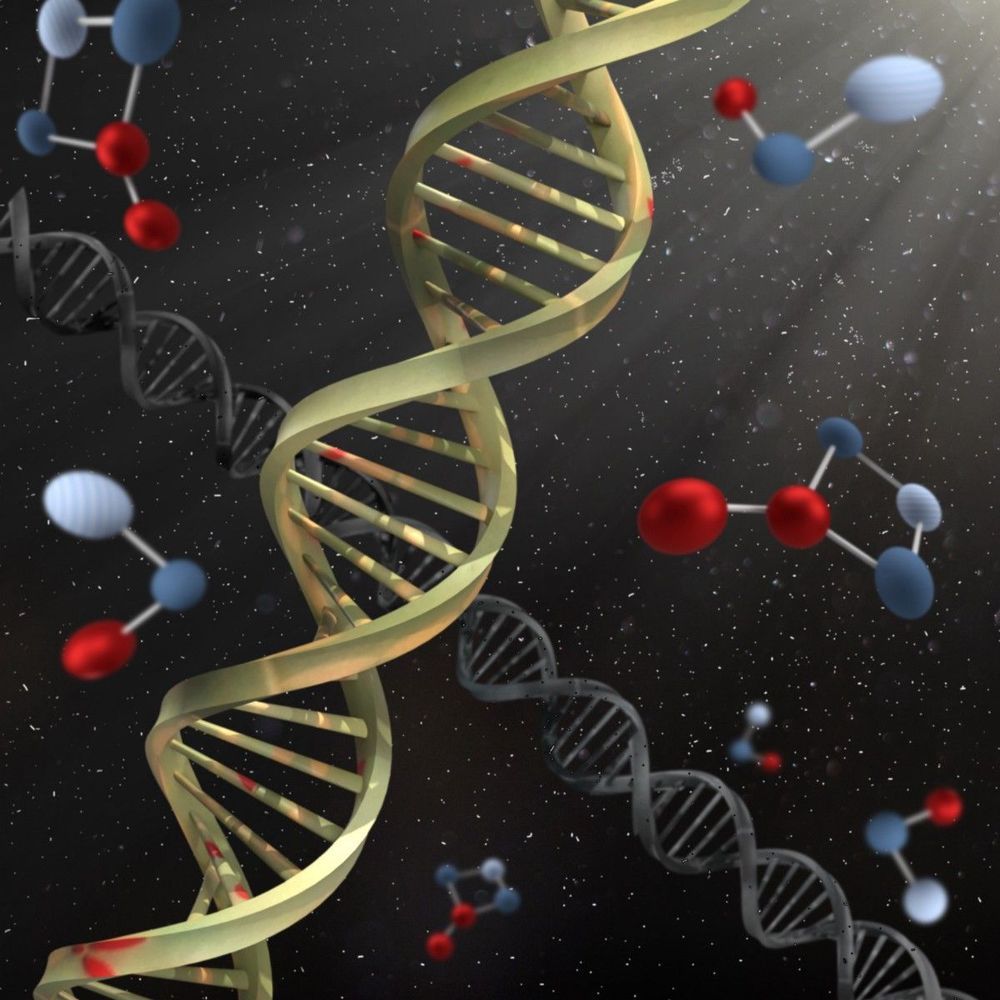April 17, 2020.
SARS-CoV-2, a coronavirus that newly emerged in China in late 2019 and spread rapidly worldwide, caused the first witnessed pandemic sparked by a coronavirus. As the pandemic progresses, information about the modes of transmission of SARS-CoV-2 among humans is critical to apply appropriate infection control measures and to slow its spread. Here we show that SARS-CoV-2 is transmitted efficiently via direct contact and via the air (via respiratory droplets and/or aerosols) between ferrets. Intranasal inoculation of donor ferrets resulted in a productive upper respiratory tract infection and long-term shedding, up to 11 to 19 days post-inoculation. SARS-CoV-2 transmitted to four out of four direct contact ferrets between 1 and 3 days after exposure and via the air to three out of four independent indirect recipient ferrets between 3 and 7 days after exposure. The pattern of virus shedding in the direct contact and indirect recipient ferrets was similar to that of the inoculated ferrets and infectious virus was isolated from all positive animals, showing that ferrets were productively infected via either route. This study provides experimental evidence of robust transmission of SARS-CoV-2 via the air, supporting the implementation of community-level social distancing measures currently applied in many countries in the world and informing decisions on infection control measures in healthcare settings.
The authors have declared no competing interest.







